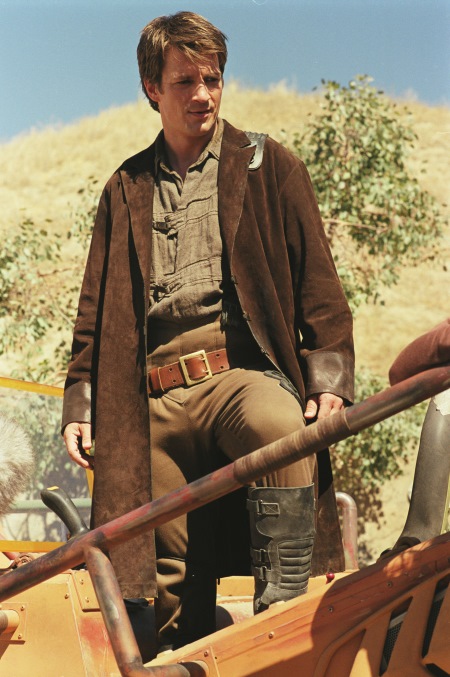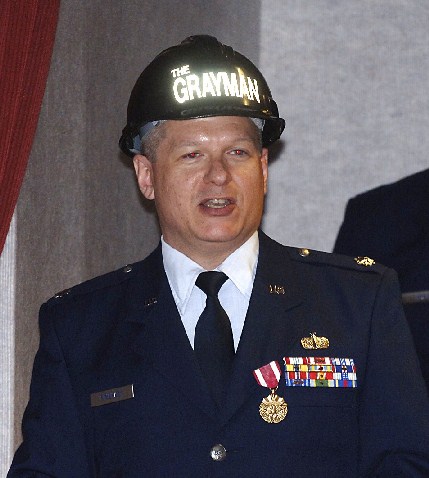This is the penultimate post in a series about the songs on my new CD, Distorted Vision.
When I write filk songs, I sometimes mash together in one song different science fiction or fantasy stories, movies, or ideas. In “Ten Thousand Years Ago”, which is actually the first song on my new CD, I included references to Highlander, the first movie of that franchise; some key elements of Doctor Who; vampire stories in general, with allusions to one recent series in particular; and the first Harry Potter book, all in an attempt to create a funny song.
If I had been born 10 thousand years ago
At the dawn of civilization, one thing that I know
Is that if I had been born 10 thousand years ago …
I’d be dead by nowUnless, that is, I was immortal
Like that fellow in that movie where there could “be only one”
But I’m not a very good swordsman, so if I met the Spaniard or the Kurgan
I’m pretty sure I would be done

“If I met the Spaniard … I’m pretty sure I would be done.” (Image: “Guilty Viewing Pleasures: Highlander,” by Ingrid Richter, on Flickr under Creative Commons even though she probably didn’t have permission to reproduce the image either.)
When I first wrote this song, it consisted of just the chorus (and the time period was only 1000 years) — in other words, it started out as a simple joke, kind of a sung one-liner. Then I added the verse about Highlander, and decided to try to expand the song with other immortality or longevity references. The second verse I came up with, though, was about zombies; it seemed to work well enough when I sang the song at conventions, but when the time came to record the final vocals I decided I didn’t like that verse anymore. So the morning before I was going to record, I wrote a new second verse about Doctor Who. I like that verse, so I think the final recorded track turned out much better than that intermediate version.
But only you can decide if it’s truly funny. I hope “Ten Thousand Years Ago” gives you a chuckle!












